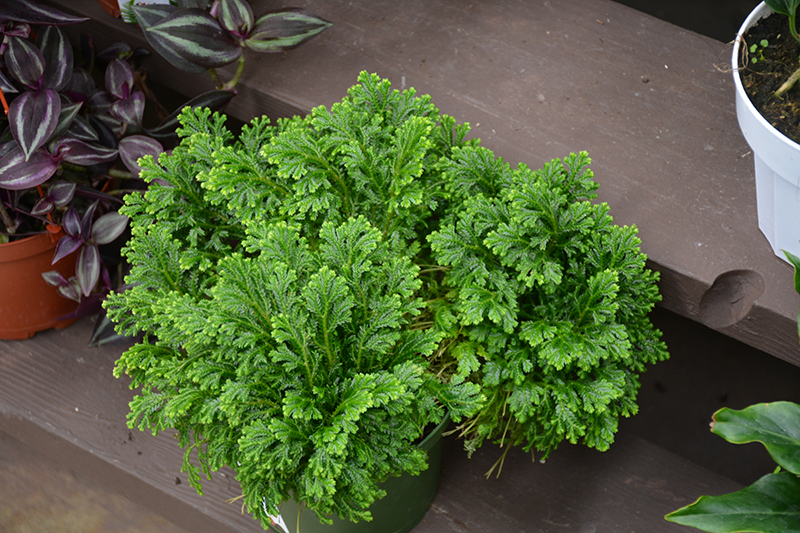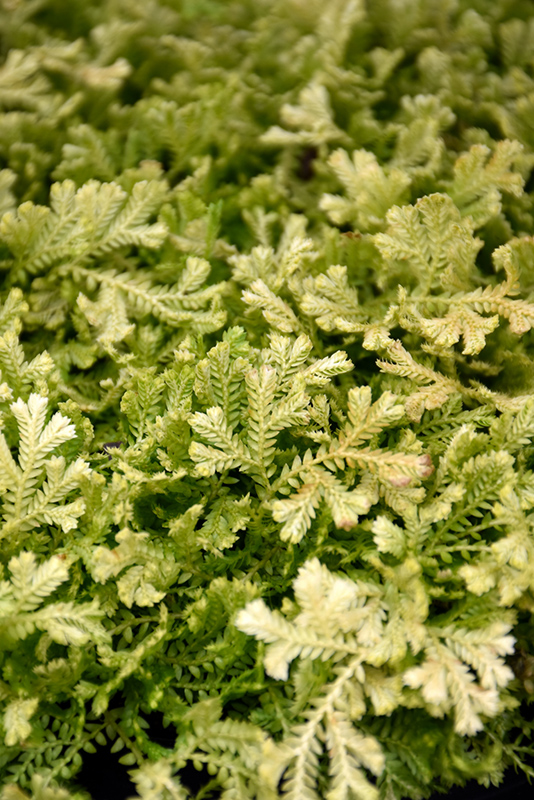Height: 2 inches
Spacing: 14 inches
Sunlight:
![]()
![]()
Hardiness Zone: 6b
Other Names: African Clubmoss, Spreading Club Moss
Description:
A beautiful groundcover variety that forms a low, wide mat of sea-green foliage flecked with chartreuse, creating very interesting contrasts in the garden; perfect for shaded moist areas; thrives best in humid environments
Ornamental Features
Krauss' Spikemoss' attractive ferny leaves emerge creamy white in spring, turning bluish-green in color with prominent chartreuse tips the rest of the year on a plant with a spreading habit of growth.
Landscape Attributes
Krauss' Spikemoss is a dense herbaceous evergreen perennial with a ground-hugging habit of growth. It brings an extremely fine and delicate texture to the garden composition and should be used to full effect.
This is a relatively low maintenance plant, and should not require much pruning, except when necessary, such as to remove dieback. It has no significant negative characteristics.
Krauss' Spikemoss is recommended for the following landscape applications;
- Mass Planting
- Rock/Alpine Gardens
- Border Edging
- General Garden Use
- Groundcover
Planting & Growing
Krauss' Spikemoss will grow to be only 2 inches tall at maturity, with a spread of 16 inches. When grown in masses or used as a bedding plant, individual plants should be spaced approximately 14 inches apart. Its foliage tends to remain low and dense right to the ground. It grows at a medium rate, and under ideal conditions can be expected to live for approximately 10 years. As an evegreen perennial, this plant will typically keep its form and foliage year-round.
This plant does best in partial shade to shade. It prefers to grow in average to moist conditions, and shouldn't be allowed to dry out. It is not particular as to soil pH, but grows best in rich soils. It is somewhat tolerant of urban pollution. This species is not originally from North America. It can be propagated by division.

